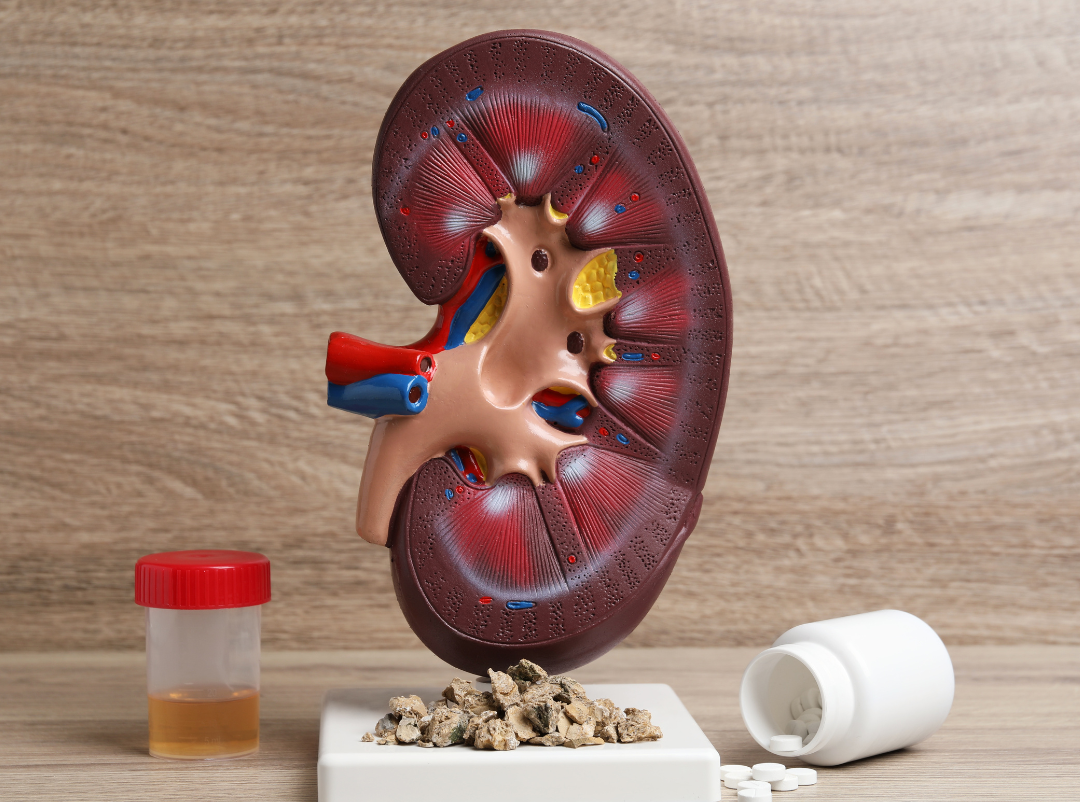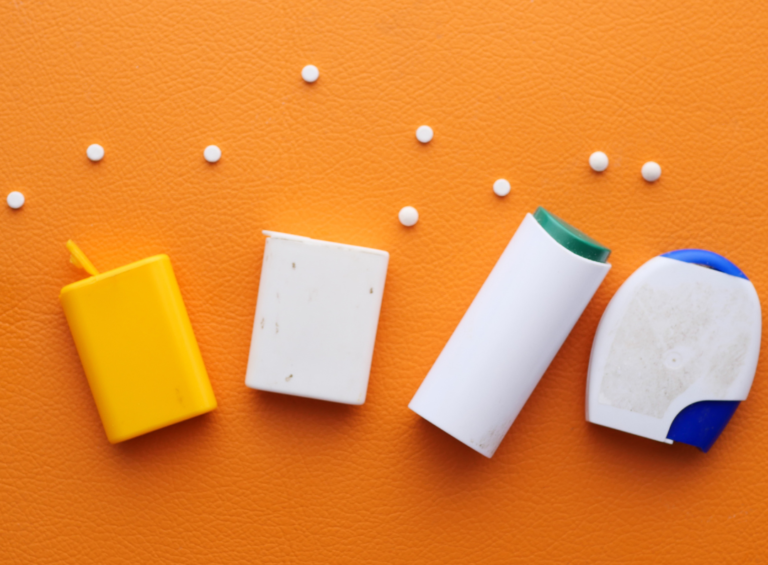What are Kidney Stones and its Types?
Introduction
Kidney stones, also called Nephrothialsis hard deposits of minerals and salts, accumulate in the kidneys and can cause severe pain if they enter the urinary system.
Symptoms:
- Kidney stones can range from sand grains to golf balls.
- Symptoms include severe lower back pain, persistent stomach ache, blood in urine, chills, fever, nausea, vomiting, and hazy urine.
- When the stone irritates or becomes blocked, pain intensifies quickly.
- Despite the discomfort, kidney stones usually pass without causing harm.
Types:
There are four main types of kidney stones, which are classified based on their composition:
- Calcium-based stones: categorized into three subtypes:
– Calcium oxalate,
– Calcium phosphate, and
– Calcium oxalate-dihydrate stones. - Struvite stones: Magnesium, ammonium, and phosphate stones formed due to urinary infections.
- Uric acid stones: formed by crystallization of uric acid, a waste product from protein breakdown.
- Cystine stones: rare, acidic in nature, and caused by cystinuria, a hereditary disorder causing excessive excretion of cystine.
Nutritional Assessments for Kidney Stones:
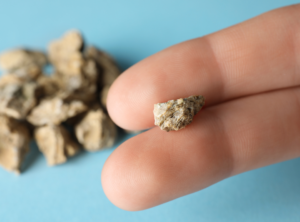
- Evaluates dietary consumption to identify nutritional risk factors.
- Assesses intakes of calcium, oxalates, salt, protein, dietary supplements, and fluids.
- Arrange a therapeutic diet accordingly.
- Emphasizes the importance of quantifying fluid intake.
- Utilize 24-hour recall, food record diet history, and food frequency questionnaire.
- Assess food intake in relation to urinalysis to prevent kidney stones.
- Food records provide details on meals, drinks, and nutritional supplements.
- A Food diary kept during 24-hour urine collection and one to two days before collection is most suitable.
- Assess the intake of protein, salt, potassium, calcium, phosphorus, magnesium, uric acid, oxalate, and hydration.
- Dieticians/ Nutritionists can provide appropriate dietary therapies based on food consumption.
Nutritional Management for Kidney Stones:
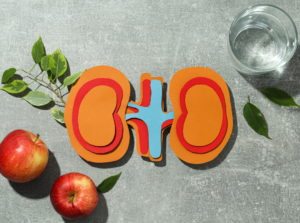
- Consuming Water for Health
– Drink 2-3 quarts of water daily, including soda, grapefruit juice, water, coffee, and lemonade.
– Ensure at least 2.5 liters of urine per day and less concentrated. - Reducing Oxalate-rich Diet
– Cut out spinach, berries, chocolate, wheat bran, almonds, beets, tea, and rhubarb. - Incorporating Calcium
– Consume adequate dairy products to reduce calcium stone development.
– Consume dairy products alongside meals. - Spinach, many berries, chocolate, wheat bran, nuts, beets, tea, and rhubarb should be eliminated from your diet intake
- High sodium intake increases calcium in the urine which increases the chances of developing stones
- High protein intakes will cause the kidneys to excrete more calcium therefore this may cause more stones to form in the kidney
- Limit sugar-sweetened foods and drinks, especially those with high fructose corn syrup.
- Limit alcohol because it can increase uric acid levels in the blood and avoid short-term diets for the same reason.
Conclusion:
To treat kidney stones, there is a special diet called ACID ASH DIET AND ALKALINE ASH DIET. Since uric acid and cysteine are acidic stones, an alkaline ash diet is followed to prevent complications and the other two stones are classified as alkaline stones, the acid ash diet is followed.
